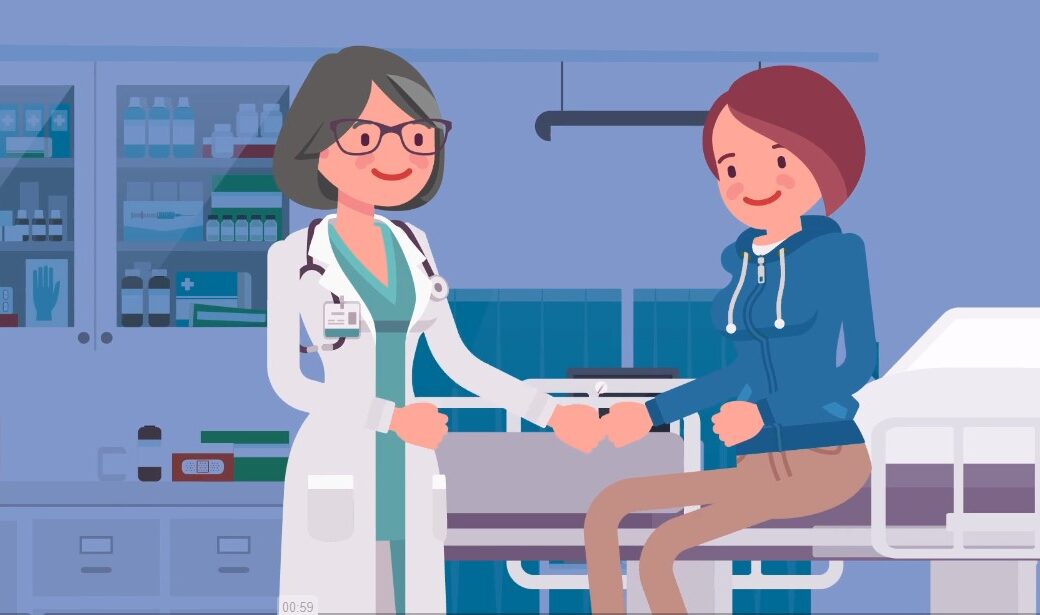Information for Patients and Families on Safe Opioid Use
The opioid epidemic is a crisis that impacts all communities and demographic groups. The CSA supports ensuring that patients who truly need opioids to treat their pain have appropriate access, while we work to expand knowledge about non-opioid medications, techniques, and resources available to the medical community and patients for optimal pain control.
CSA has created a 3-minute animated video to educate patients and their caregivers about strategies to manage post-surgical pain and safely take opioids at home if they are prescribed. There are many non-medicinal pain management options and it is important that patients know how to properly store and dispose of opioids if they are prescribed.
How to Manage Your Pain After Surgery
English Version
Spanish Version
Physician anesthesiologists direct pain management during and after surgery and are on the front lines of fighting the opioid epidemic. CSA members are experts at utilizing non-opioid pain medicine options, including interventional procedures.
We encourage physicians, hospitals, and medical centers to use these videos with patients and are happy to provide them to you on various platforms here:
- Stream on YouTube: English or Spanish
- Stream on Vimeo: English or Spanish
- Download from Dropbox: All Versions
If you have any questions regarding the video and it use please contact Lisa Yarbrough with any question.
Acute pain: Treatment for short-term pain must be focused on short-term management.
- Opioids can play an important role after surgery or trauma but should be balanced with non-opioid pharmacologic therapy and regional nerve blocks where appropriate.
- When acute pain necessitates the use of opioid pain medication, patients must be aware that they should only take what is needed for short-term pain, and then properly dispose of any remaining pills.
Chronic pain: Long-term pain can be managed with a variety of interventional pain medicine options.
- More than 100 million Americans live with chronic pain. For these patients, clinicians must carefully balance access to necessary medications with a systemic approach to minimize the potential for opioid abuse.
- There are other non-drug treatments available (behavioral therapy, exercise, acupuncture, chiropractic care, etc.) that should be covered by health insurance plans. These treatments deliver effective results while protecting the patient from the risks of excessive opioid use.
Pediatric pain: There is a growing emphasis on non-pharmacological treatments for children with chronic pain.
- Options include physical therapy, medical hypnosis, lifestyle changes, pain psychology, bio-feedback (software that teaches children to use their minds to overcome pain), and mind/body techniques to promote relaxation.
- Pain medicine for children involves teaching young patients and their families how to manage pain safely, even in chronic conditions, in order to avoid dependence on opioids and achieve better long-term outcomes.
Additional resources:
- American College of Physicians – Safe Opioid Use
- American College of Surgeons – Safe Pain Control
- CDC Guidelines for Prescribing Opioids for Chronic Pain
- Substance Abuse and Mental Health Services Administration (SAMHSA) Overdose Toolkit
- Department of Veteran Affairs Patient Information Guide: Long-term Opioid Therapy for Chronic Pain
- Fight the opioid epidemic with proactive education and care coordination – By Shalini Shah, MD

